Introduction
The question of whether to refrigerate hot food immediately or allow it to cool to room temperature before storage is a topic of enduring debate in households, kitchens, and even among food safety experts. For generations, people have followed the adage that hot food should never be placed directly into the refrigerator, fearing it could spoil the meal, damage the appliance, or create conditions for bacterial growth. However, modern food safety guidelines and scientific research have challenged these traditional beliefs, offering a nuanced perspective on this everyday dilemma. This article explores the science behind refrigeration, the risks of improper food storage, and practical steps to ensure both safety and convenience in managing leftovers. By examining bacterial proliferation, refrigerator mechanics, and expert recommendations, we aim to resolve the confusion surrounding this age-old question.
The Science of Bacterial Growth and Food Safety
At the heart of this debate lies the biology of microorganisms, particularly bacteria, which thrive under specific temperature conditions. Foodborne pathogens like Salmonella, Escherichia coli, and Listeria monocytogenes multiply rapidly in the “danger zone”—a temperature range between 40°F (4°C) and 140°F (60°C). When hot food is left at room temperature, it lingers in this danger zone for hours, providing bacteria with ample time to reproduce. For example, a pot of chili simmering at 140°F will cool to 100°F within an hour if left uncovered, and to 70°F within two hours. Each 20-minute interval in the danger zone doubles the bacterial population, exponentially increasing the risk of foodborne illness.
Refrigeration slows bacterial growth by lowering temperatures below 40°F, but the effectiveness of this process depends on how quickly the food reaches this threshold. The longer food remains in the danger zone, the greater the microbial load becomes. This is why health organizations like the U.S. Department of Agriculture (USDA) advocate the “two-hour rule”: perishable foods should not be left unrefrigerated for more than two hours. In hotter environments (above 90°F/32°C), this window shrinks to just one hour.
The Myth of “Letting Food Breathe”
A common misconception is that allowing hot food to cool naturally on the countertop prevents refrigerator strain and preserves flavor. However, this practice often backfires. As food cools, moisture evaporates from its surface, creating a dry film that can trap heat beneath, actually slowing the cooling process. Moreover, leaving food at room temperature invites cross-contamination, as bacteria from the air, utensils, or hands can settle on the exposed surface.
Critics of immediate refrigeration argue that placing hot containers in the fridge raises the appliance’s internal temperature, forcing it to work harder and consume more energy. While this is technically true, modern refrigerators are designed to handle temperature fluctuations. Most models have thermostats that maintain consistent cooling by cycling on and off as needed. The impact of a single hot dish on overall energy use is negligible compared to the risks of bacterial proliferation.

Refrigerator Efficiency and Food Quality
While refrigerators can tolerate hot food, extremes in temperature changes can affect neighboring items. For example, placing a searing-hot casserole dish next to a container of milk may cause the milk to partially freeze if the fridge’s cooling system kicks into overdrive. To mitigate this, food safety experts recommend dividing large batches into smaller, shallow containers before refrigeration. This increases the surface area, allowing heat to dissipate more quickly and evenly. Glass or ceramic dishes are preferable to plastic, as they conduct heat better and are less likely to leach chemicals when heated.
Another consideration is condensation. Hot food releases steam as it cools, which can collect on the inside of the refrigerator or on other stored items. Excess moisture creates a humid environment that accelerates spoilage and may lead to freezer burn if the food is later frozen. Covering food loosely with plastic wrap, aluminum foil, or a lid (left slightly ajar to allow steam to escape) minimizes this issue while preventing contamination.
Expert Guidelines and Practical Recommendations
Organizations like the USDA, Food Standards Agency (FSA) in the UK, and the Centers for Disease Control and Prevention (CDC) uniformly recommend refrigerating hot food promptly. The key is to reduce the time it spends in the danger zone. Here’s a step-by-step guide to safe refrigeration:
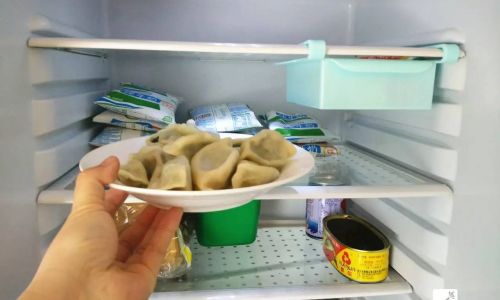
- Portion Control: Transfer large quantities of soup, stew, or rice into multiple shallow containers (no deeper than 2 inches/5 cm) to accelerate cooling.
- Temperature Check: Use a food thermometer to ensure the food drops below 140°F (60°C) within two hours of cooking.
- Loose Covering: Leave lids slightly ajar or use breathable covers like parchment paper to allow steam to escape without exposing the food to airborne contaminants.
- Strategic Placement: Store hot containers on the top shelf of the refrigerator, away from delicate items like eggs or dairy, to prevent accidental warming.
- Label and Date: Clearly mark containers with the date to ensure food is consumed within 3–4 days, reducing the risk of forgotten leftovers.
Debunking Myths About Refrigerator Damage
The fear that hot food will “break” a refrigerator is largely unfounded. Refrigerators are engineered to withstand temperature variations, and their compressors are designed to restart after short power outages or thermal shifts. However, repeatedly placing scorching-hot dishes into an already full fridge may strain the appliance over time. To prolong its lifespan:
- Allow hot food to cool slightly (to around 120°F/49°C) before refrigerating.
- Avoid overcrowding the refrigerator, as this restricts airflow and forces the motor to overwork.
- Clean the condenser coils annually to ensure efficient cooling.
The Role of Reheating in Food Safety
Even when refrigerated promptly, leftovers must be reheated thoroughly to kill any bacteria that may have developed during storage. Use a food thermometer to ensure reheated food reaches an internal temperature of 165°F (74°C). Avoid reheating multiple times, as each cycle increases the risk of bacterial growth.
Cultural Practices and Modern Adaptations
Traditional culinary practices often involve slow-cooking dishes like stews or curries, which are left to cool overnight before refrigeration. While this method may enhance flavor through marination, it compromises safety in warm climates. Modern adaptations include using ice baths to cool food rapidly or employing blast chillers, commercial-grade appliances that lower temperatures to safe levels in minutes. Home cooks can mimic this process by placing hot containers in a sink filled with ice water, stirring occasionally to distribute the cold.
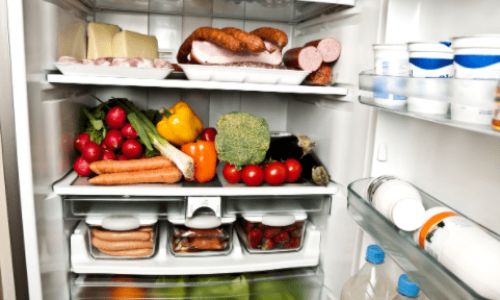
Environmental and Economic Considerations
Refrigerating hot food immediately also aligns with sustainability goals. Reducing the time food spends in the danger zone minimizes waste by preventing spoilage. According to the USDA, Americans discard roughly 30–40% of their food supply annually, much of it due to improper storage. By contrast, prompt refrigeration extends shelf life, saving money and reducing greenhouse gas emissions from decomposing organic matter in landfills.
Conclusion
The debate over refrigerating hot food hinges on balancing convenience, safety, and appliance care. While traditional wisdom cautioned against immediate refrigeration, scientific evidence overwhelmingly supports cooling perishables promptly to prevent bacterial growth. By adhering to expert guidelines—portioning food, using shallow containers, and monitoring temperatures—home cooks can safeguard their meals without compromising refrigerator performance. Ultimately, the key lies in understanding that modern appliances are resilient, and food safety should always take precedence over outdated myths. The next time you wonder whether to refrigerate that piping-hot casserole, remember: acting swiftly protects both your health and your hard-earned ingredients.


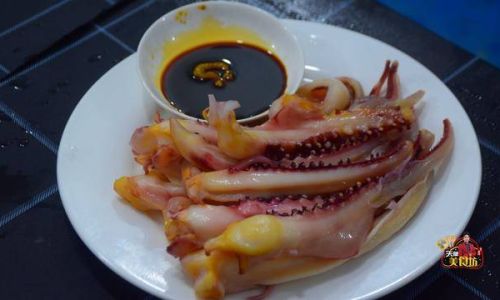
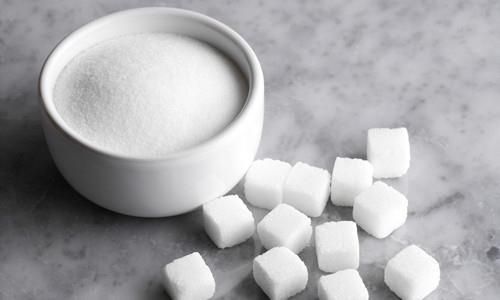
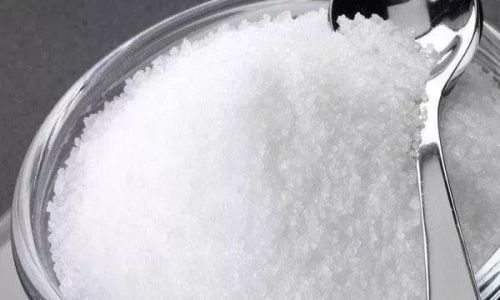
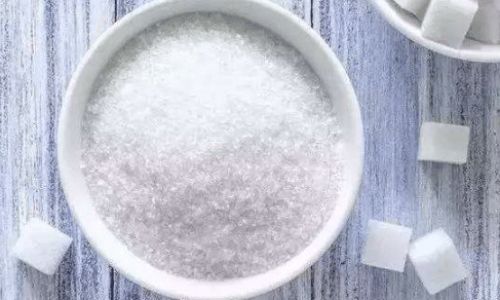
0 comments